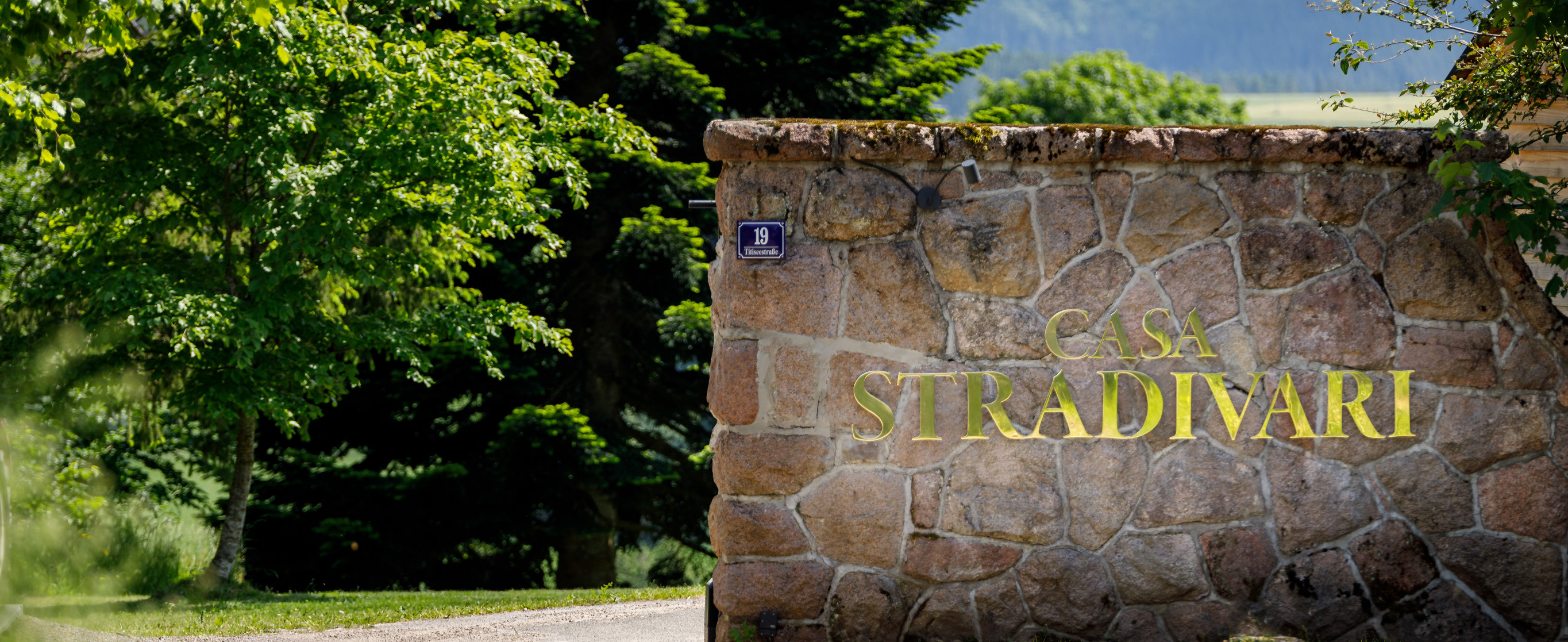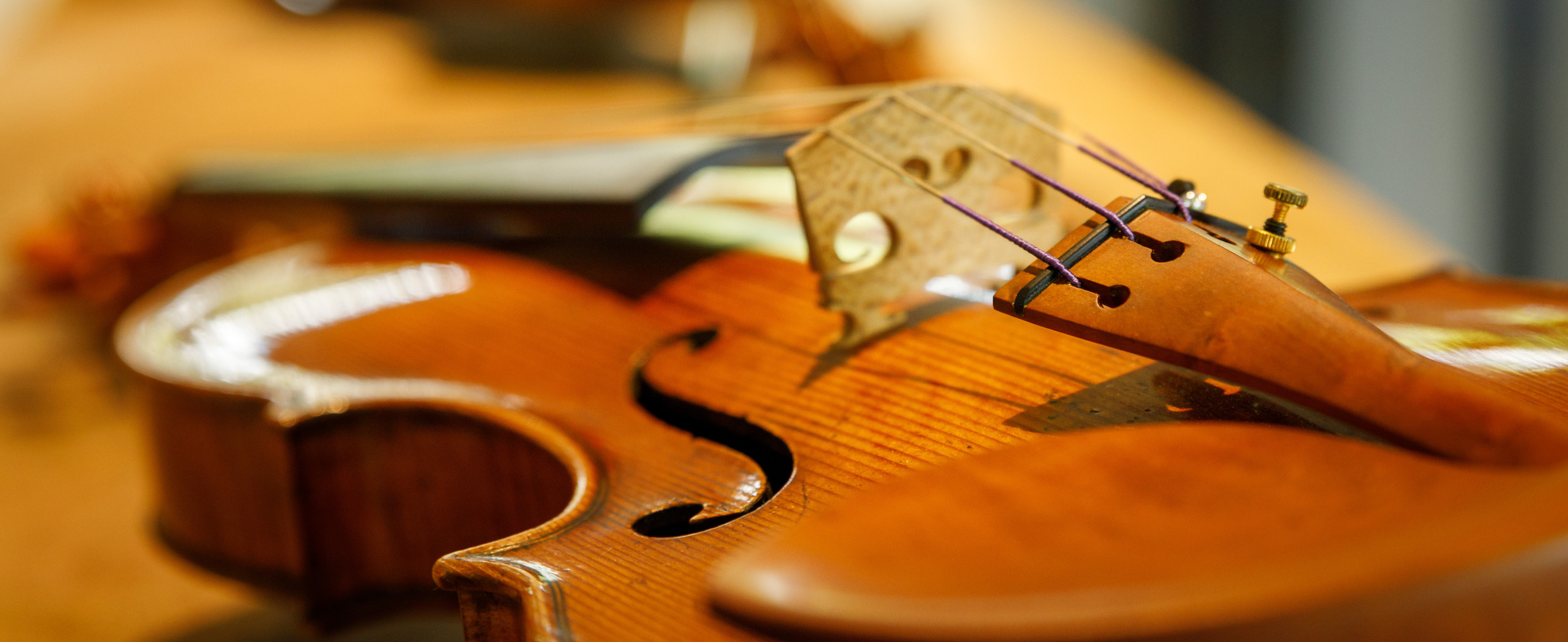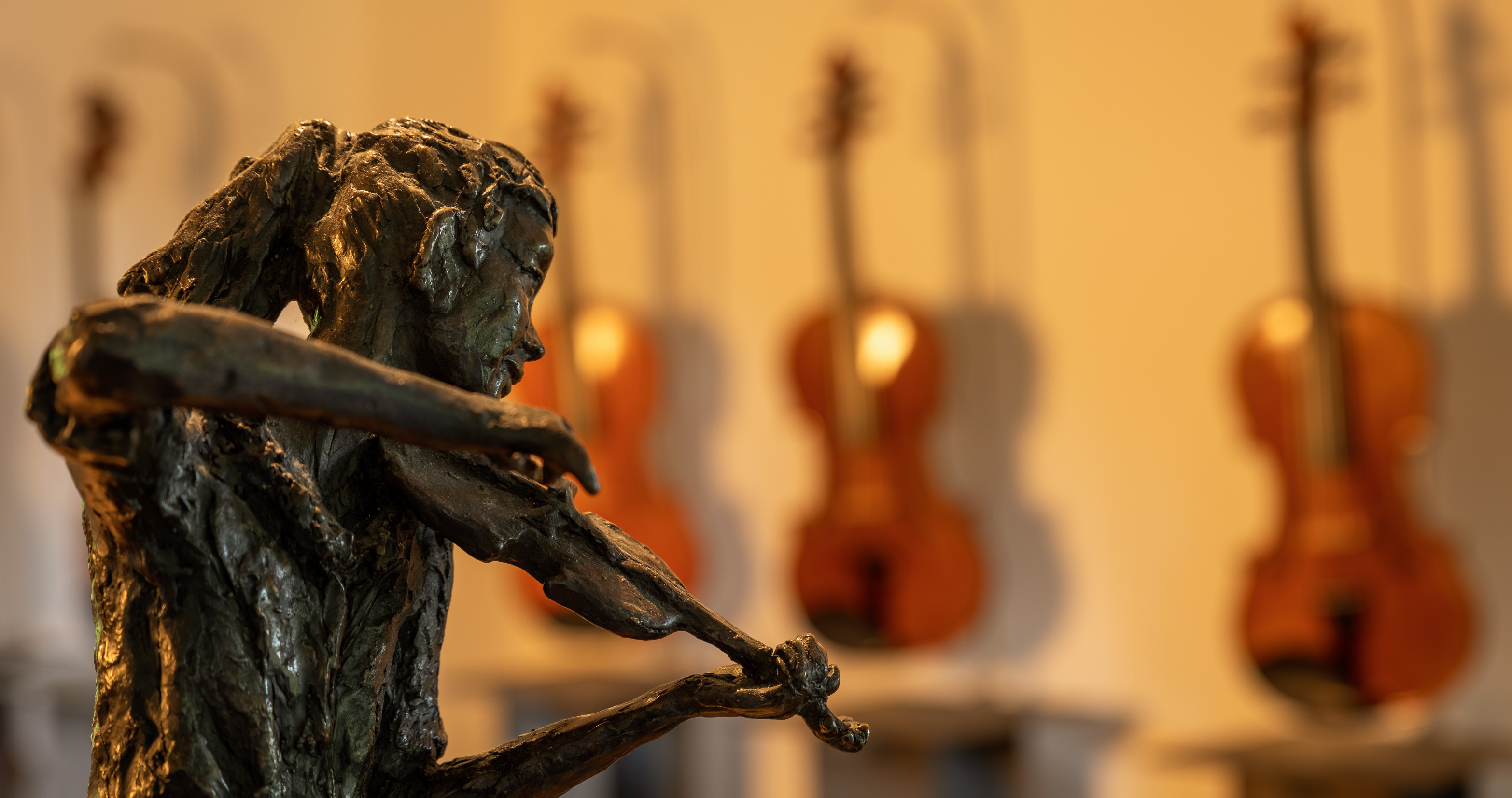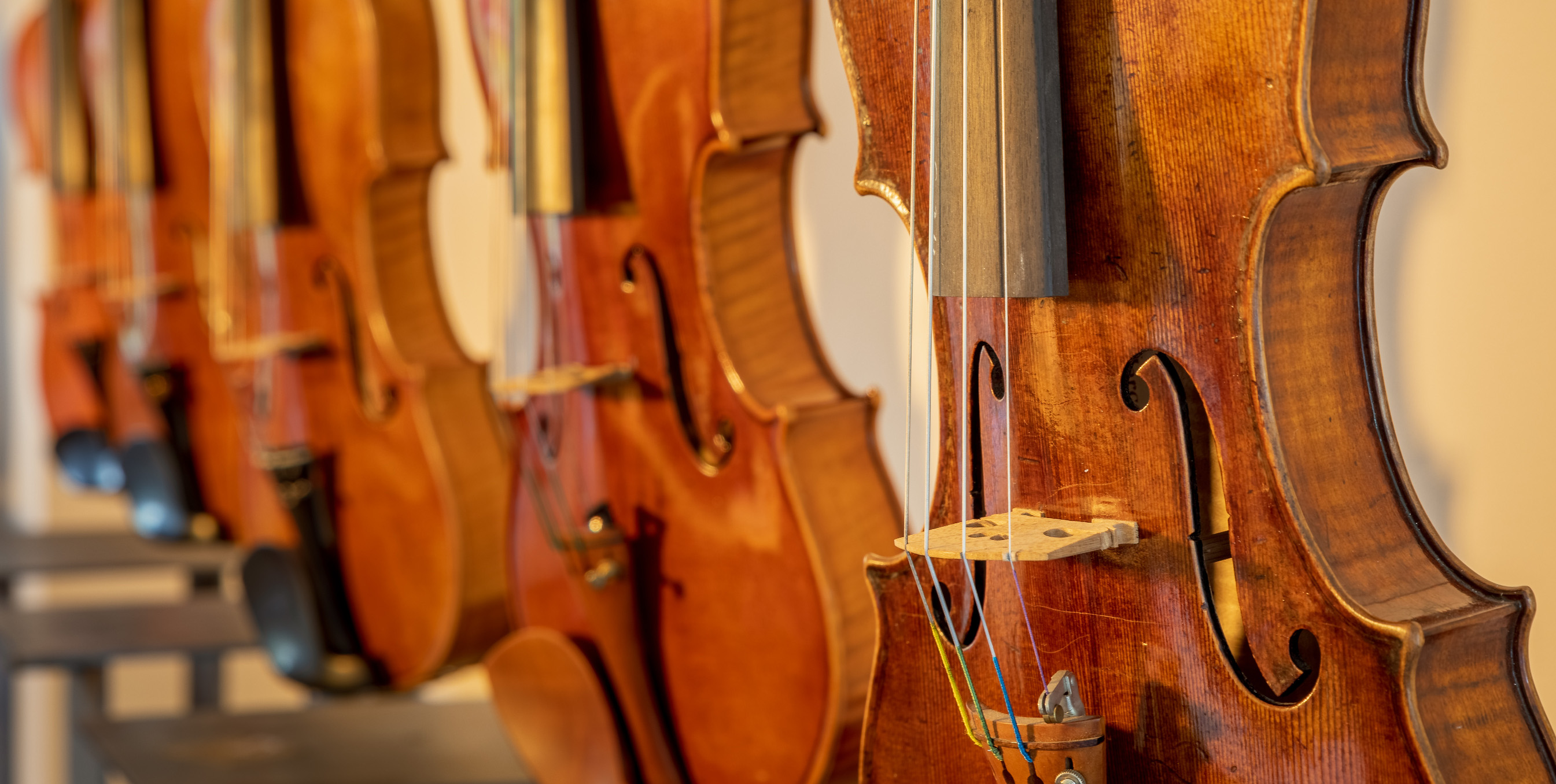Antonio Stradivari 1698 VC De Kermadec Bläss
This cello was manufactured in the years immediately preceding the turn of the 17th century, as is confirmed by its original label that reads: ‘Antonius Stradivarius Cremonensis Faciebat Anno 1698’. The instrument is named after the Breton family De Kermadec, which maintained possession of it for a century. Bläss is the Swiss term used for the Eastern Swiss Mountain Dog, and the last owner of the cello, Mr. Rudolf Habisreutinger, was so attached to the instrument that he considered it his faithful companion in much the same way the Bläss dog is viewed by the inhabitants of Switzerland. Therefore he assigned to the cello the nickname ‘De Kermadec Bläss’. The back is made of two pieces of poplar wood cut on the slab and marked by irregular curls. The ribs are made from a wood similar to the one used for the back, while for the head Stradivari opted for pear wood. In referring to the cellos made at the end of the 17th century, the Hills remarked that Stradivari ‘in several instances used for the back, sides, and head, poplar-tree wood or a similar species, such as limetree wood—a feature much more frequently met with in the violoncellos of his contemporaries, notably in those of Francesco Ruger.’ The two-piece belly is made of spruce whose grain is medium in the centre and opens towards the flanks. The varnish is of an orange-brown colour over a golden ground.
Weitere Informationen
Ausführliche Informationen zu diesem Instrument finden Sie in unserer Enzyklopädie Antonio Stradivari Set 1, Band 2, Seite 4










